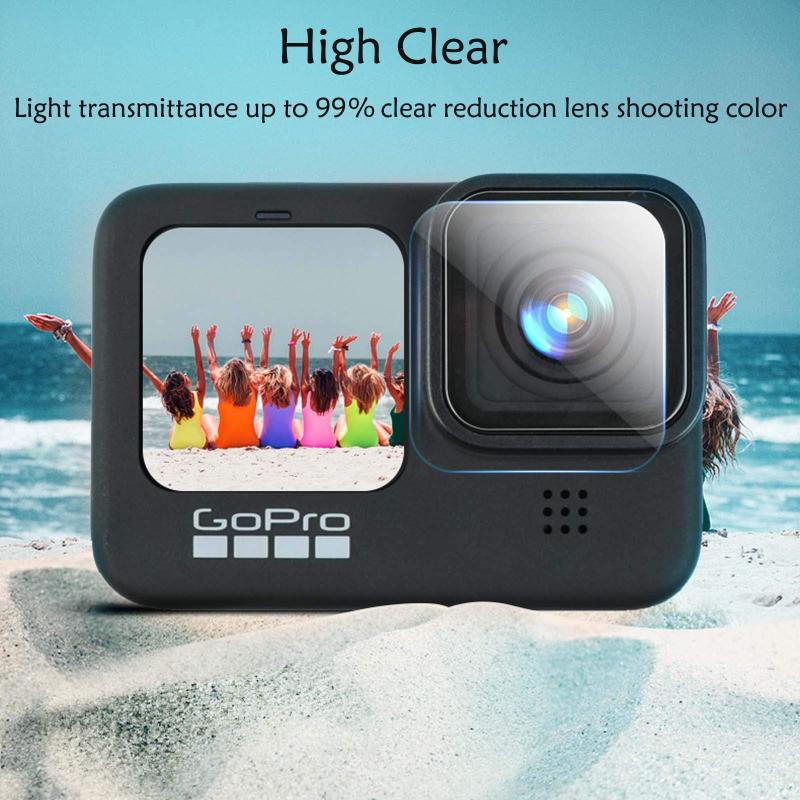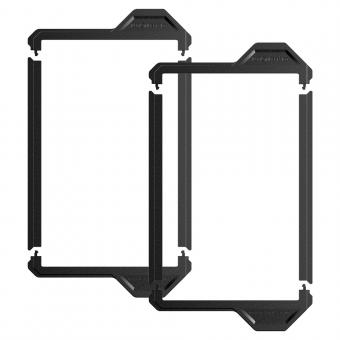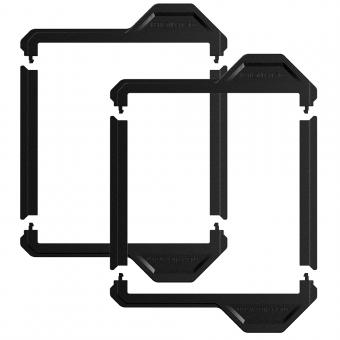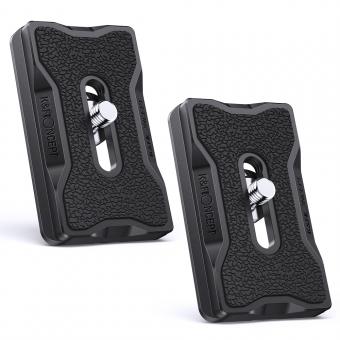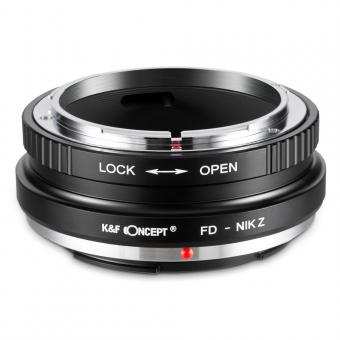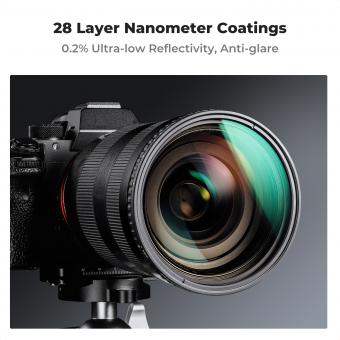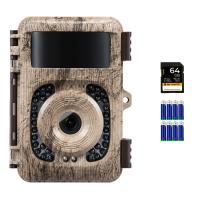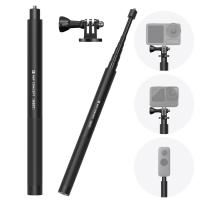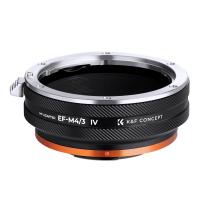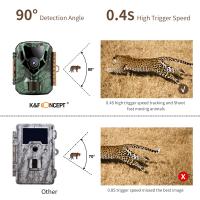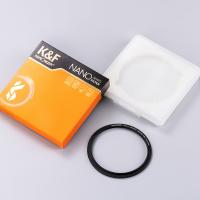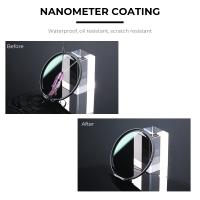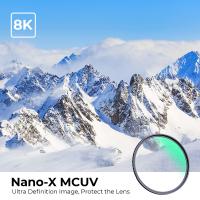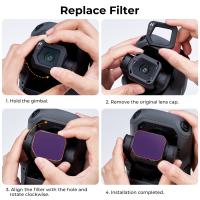How To Protect Gopro Lens ?
To protect the GoPro lens, you can use a lens cover or lens cap specifically designed for GoPro cameras. These covers are usually made of durable materials such as plastic or silicone and can be easily attached and removed from the camera. Additionally, you can also use a lens protector or filter that provides an extra layer of protection against scratches, dust, and other potential damage. It is important to handle the camera with care and avoid exposing it to harsh conditions or impacts that could potentially damage the lens. Regularly cleaning the lens with a microfiber cloth or lens cleaning solution can also help maintain its clarity and prevent any buildup that could affect the image quality.
1、 Using lens protectors or filters for added durability
One of the best ways to protect your GoPro lens is by using lens protectors or filters for added durability. These accessories are specifically designed to shield the lens from scratches, dust, and other potential damages.
Lens protectors are transparent covers that can be easily attached to the front of the GoPro lens. They are usually made of high-quality materials such as tempered glass or optical-grade plastic, which provide excellent clarity and protection. These protectors act as a barrier between the lens and any potential hazards, ensuring that your footage remains clear and free from any unwanted blemishes.
Filters, on the other hand, not only protect the lens but also enhance the quality of your footage. They come in various types, such as UV filters, polarizing filters, and neutral density filters. UV filters are particularly useful for protecting the lens from harmful UV rays, while polarizing filters help reduce glare and improve color saturation. Neutral density filters are great for controlling the amount of light entering the lens, especially in bright conditions.
In addition to using lens protectors or filters, it is also important to handle your GoPro with care. Avoid touching the lens directly with your fingers, as oils and dirt can easily transfer onto the lens surface. Instead, use a microfiber cloth or lens cleaning solution to gently clean the lens when necessary.
It is worth noting that GoPro has made significant advancements in lens durability in recent years. The latest models, such as the GoPro Hero 9 Black, feature a removable lens cover that can be replaced if it gets damaged. This provides an added layer of protection and convenience for users.
Overall, using lens protectors or filters is an effective way to safeguard your GoPro lens and ensure that your footage remains clear and pristine. With the latest advancements in lens durability, combined with these protective accessories, you can confidently capture your adventures without worrying about damaging your GoPro lens.
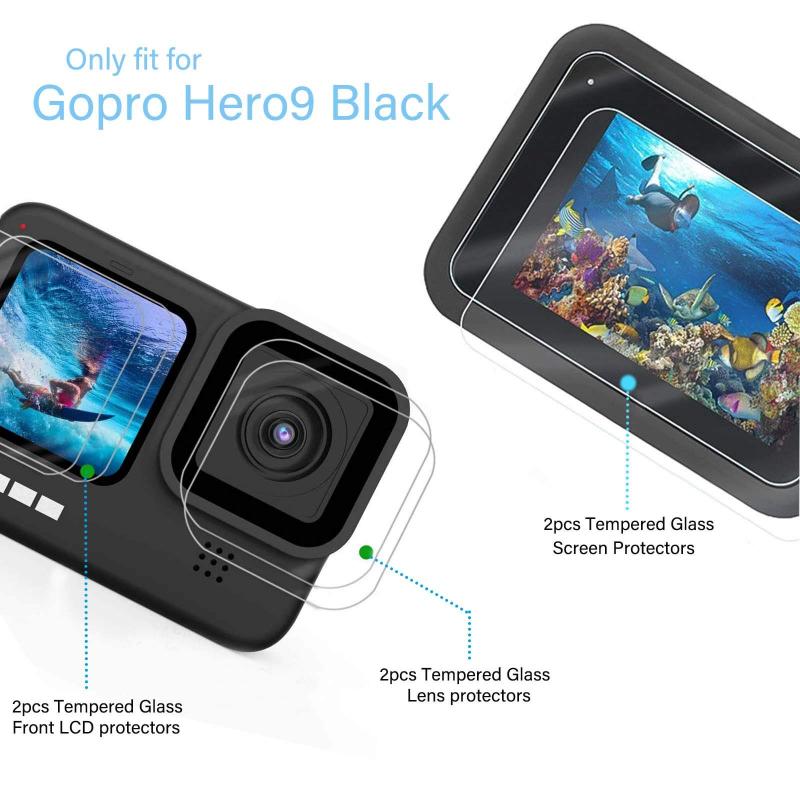
2、 Keeping the lens clean and free from dust or debris
To protect your GoPro lens and ensure optimal image quality, it is crucial to keep it clean and free from dust or debris. Here are some steps you can take to protect your GoPro lens:
1. Use a lens cap or cover: When your GoPro is not in use, always keep a lens cap or cover on to protect the lens from scratches, dust, and other potential damage. Many GoPro models come with a lens cap or you can purchase one separately.
2. Clean the lens regularly: Use a microfiber cloth or lens cleaning solution specifically designed for camera lenses to gently wipe away any smudges, fingerprints, or dirt. Avoid using rough materials or excessive force, as this can scratch the lens.
3. Avoid touching the lens: Try to minimize touching the lens directly with your fingers. Oils and dirt from your skin can transfer onto the lens, affecting image quality. If you do touch the lens, clean it immediately using the recommended cleaning methods.
4. Be cautious in extreme environments: If you plan to use your GoPro in extreme conditions such as underwater or in dusty environments, consider using a protective housing or lens filter. These accessories can provide an extra layer of protection against water, sand, and other particles.
5. Store your GoPro properly: When not in use, store your GoPro in a protective case or bag to shield it from potential damage. Make sure to keep the lens area free from any loose objects that could scratch or damage the lens.
In addition to these traditional methods, some newer GoPro models come with built-in lens protectors or coatings that offer enhanced durability and resistance to scratches. However, it is still important to follow the above steps to maintain the longevity of your GoPro lens.
Remember, a clean and well-protected lens will ensure that your GoPro captures stunning footage and images every time you use it.
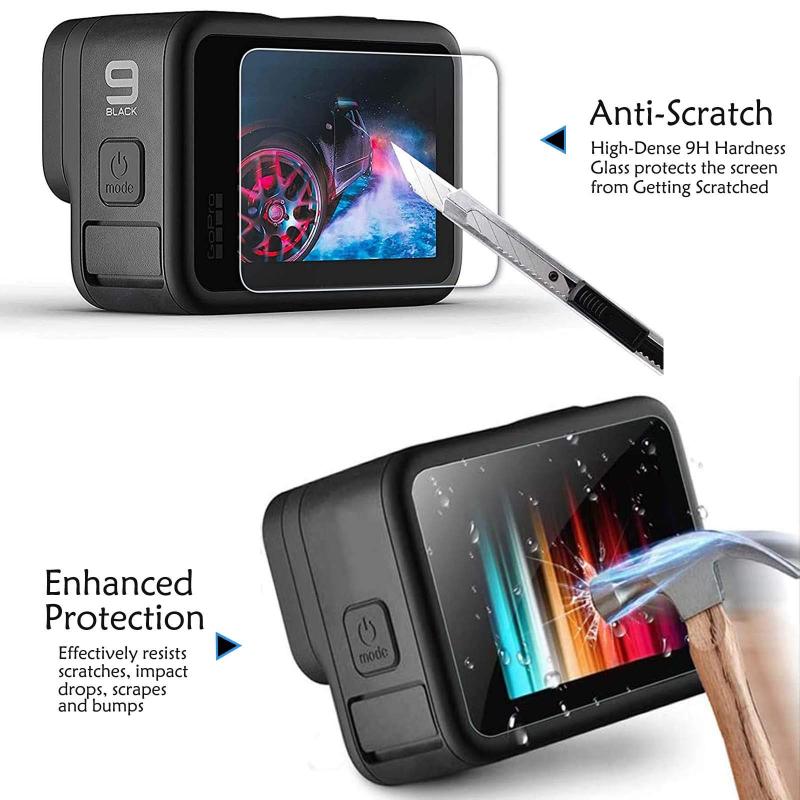
3、 Avoiding direct contact with sharp objects or surfaces
To protect your GoPro lens and ensure its longevity, it is crucial to avoid direct contact with sharp objects or surfaces. The lens of your GoPro is a delicate component that can easily get scratched or damaged if not handled with care. By following a few simple precautions, you can keep your lens in pristine condition and capture stunning footage for years to come.
First and foremost, always store your GoPro in a protective case when not in use. This will shield the lens from accidental bumps or scratches. Additionally, consider investing in a lens cap or cover specifically designed for your GoPro model. These accessories provide an extra layer of protection and prevent any direct contact with sharp objects.
When using your GoPro, be mindful of the environment you are in. Avoid placing your camera on rough or uneven surfaces that could potentially scratch the lens. If you need to place your GoPro down, opt for a soft cloth or a designated camera bag to act as a cushion.
Furthermore, be cautious when cleaning the lens. Use a microfiber cloth or lens cleaning solution specifically designed for camera lenses. Avoid using rough materials or excessive force, as this can cause scratches. Gently wipe the lens in a circular motion to remove any smudges or dirt.
It is worth noting that GoPro has made significant advancements in lens durability in recent years. The latest models often come with built-in lens protectors or tempered glass covers, which offer enhanced resistance to scratches and impacts. However, it is still important to exercise caution and follow the aforementioned tips to ensure optimal protection.
By avoiding direct contact with sharp objects or surfaces, storing your GoPro properly, and cleaning the lens with care, you can protect your GoPro lens and enjoy capturing breathtaking moments without any hindrances.
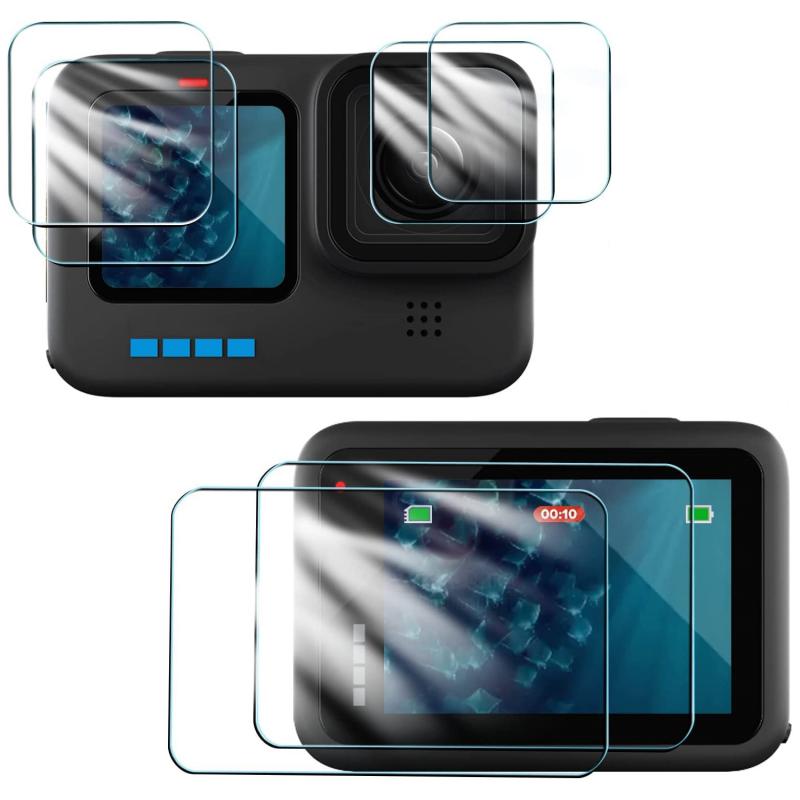
4、 Storing the GoPro in a protective case when not in use
One of the most important aspects of protecting your GoPro lens is to store it in a protective case when it is not in use. This will help prevent any accidental scratches or damage to the lens. A good quality case will provide a cushioned and secure environment for your GoPro, ensuring that it remains safe and protected.
In addition to using a protective case, there are a few other steps you can take to further protect your GoPro lens. One of the most common causes of lens damage is fingerprints and smudges. To avoid this, make sure to clean the lens regularly using a microfiber cloth or lens cleaning solution. This will help maintain the clarity and quality of your footage.
Another important aspect to consider is using a lens protector or filter. These accessories can provide an extra layer of protection for your lens, shielding it from dust, dirt, and scratches. There are various types of lens protectors available, including UV filters, polarizing filters, and neutral density filters, depending on your specific needs.
It is also worth mentioning that the latest GoPro models come with built-in lens protectors or lens covers. These covers are designed to protect the lens from scratches and damage, and they can be easily replaced if needed. However, it is still recommended to use a protective case and lens protector for added security.
Overall, taking these precautions and storing your GoPro in a protective case when not in use will go a long way in protecting the lens and ensuring that it remains in optimal condition for capturing your adventures.
